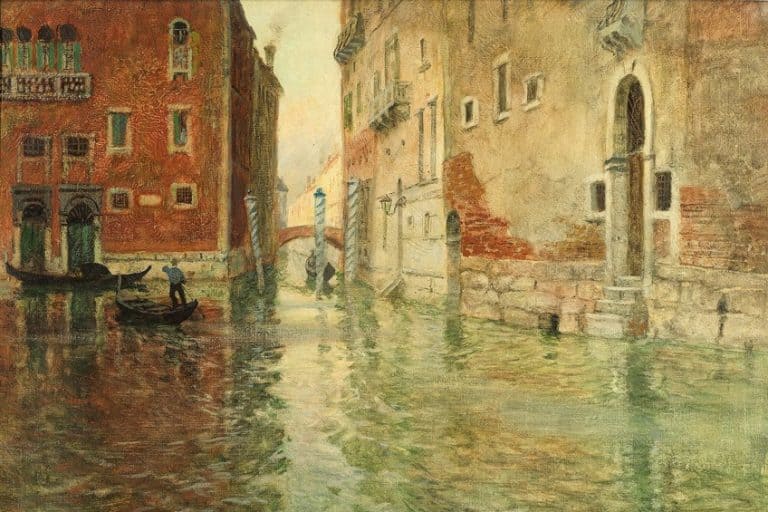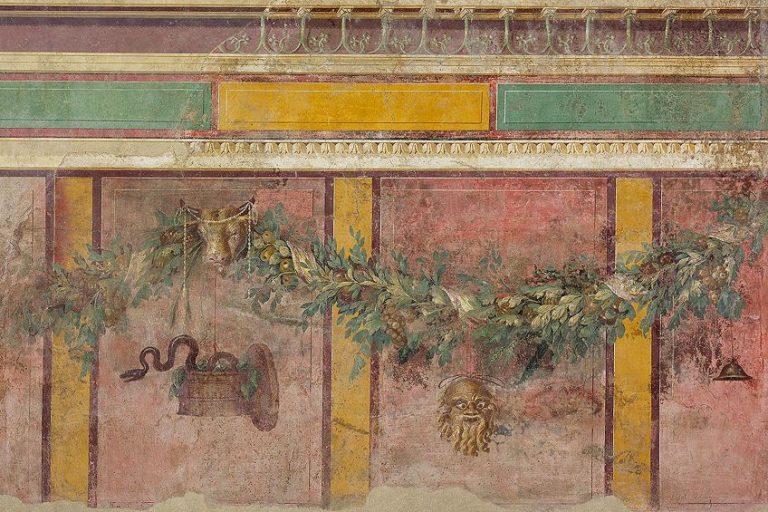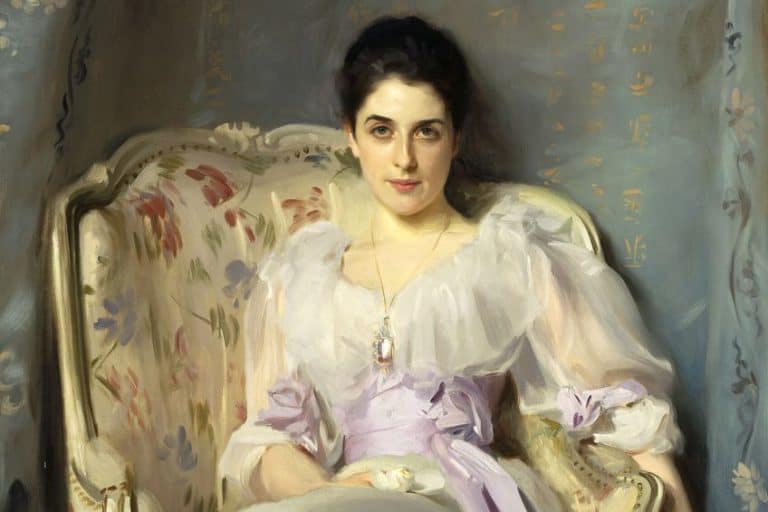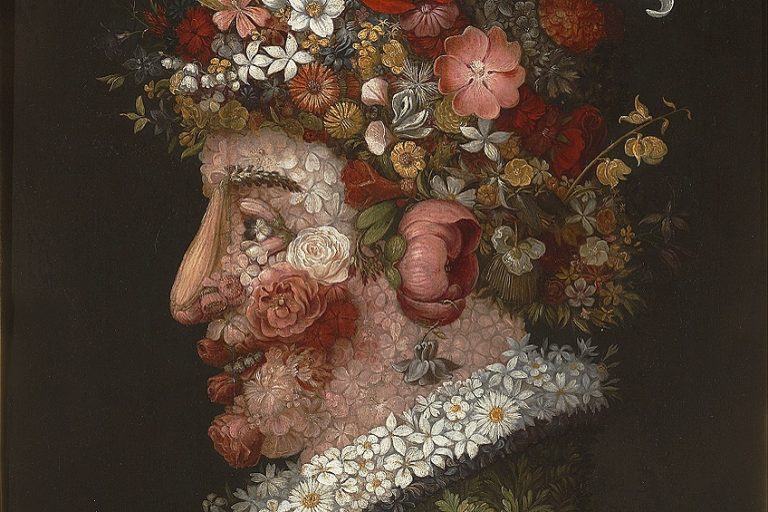“The Tower of Babel” by Pieter Bruegel – An In-Depth Look
The Tower of Babel, painted by Pieter Bruegel the Elder in 1563, is one of the most iconic and evocative works of Northern Renaissance art. This masterpiece, housed in the Kunsthistorisches Museum in Vienna, vividly depicts the biblical story of humanity’s attempt to build a tower reaching the heavens, which ultimately led to divine intervention and the creation of multiple languages. Bruegel’s intricate and highly detailed rendering of the sprawling, chaotic construction site reflects not only his keen observational skills but also his commentary on human ambition and the hubris of mankind. Through its rich symbolism and stunning craftsmanship, “The Tower of Babel” continues to captivate and inspire viewers, offering a timeless meditation on the limits of human endeavor and the diversity of human culture.
Key Takeaways
- Bruegel’s The Tower of Babel was painted in 1563 and is based on a Biblical story.
- The painting highlights the contrast between human ambition and its ultimate downfall.
- It is currently exhibited at the Kunsthistorisches Museum in Vienna.
Historical Context and the Artist’s Background
| Artist | Pieter Bruegel the Elder (c. 1525/1530 – 1569) |
|---|---|
| Date Created | c. 1563 |
| Medium | Oil on wood panel |
| Genre | Landscape |
| Period/Movement | Northern Renaissance |
| Dimensions (cm) | 114 × 155 |
| Series/Versions | Multiple versions (three known versions) |
| Where Is It Housed? | Kunsthistorisches Museum, Vienna, Austria |
| What It Is Worth | Not publicly auctioned; significant cultural and historical value |
Pieter Bruegel the Elder’s The Tower of Babel is one of the most remarkable examples of Renaissance art. Painted in 1563, this oil painting captures the ambitious yet doomed attempt of humanity to build a tower reaching the heavens. Bruegel skillfully brings to life the Biblical tale from Genesis with intricate detail and grand scale, making it a significant piece in art history.
This iconic painting stands out not only for its technical brilliance but also for its vivid storytelling.
Bruegel’s portrayal of the tower, set against a backdrop resembling a Flemish port city, highlights the human endeavor and its ultimate failure. This dramatic contrast between the tiny city and the colossal, crumbling tower emphasizes the futility of human pride and ambition.
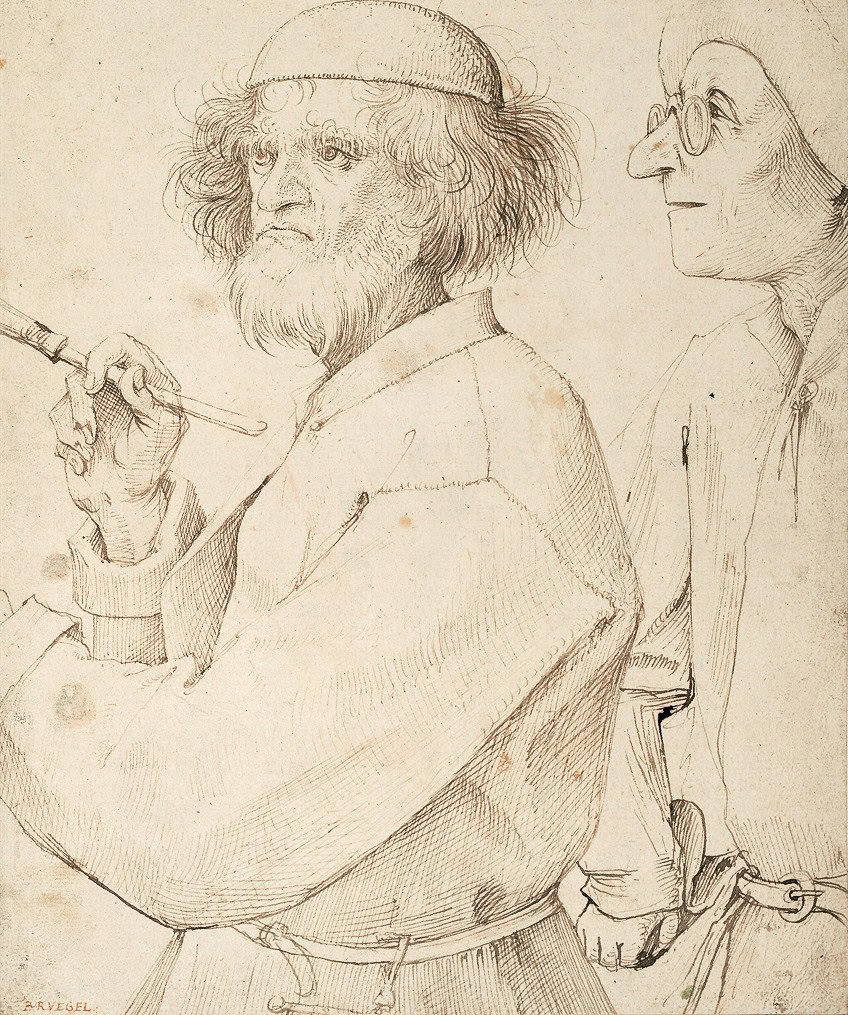
Today, The Tower of Babel can be admired at the Kunsthistorisches Museum in Vienna. It remains a powerful testament to Bruegel’s artistic vision and his ability to capture complex narratives within a single frame. The painting’s legacy continues to influence and inspire, cementing Bruegel’s place as a master of his craft.
Influence of Religious and Cultural Movements
The 16th century was a time of significant shifts in Europe. The Catholic Church faced challenges from the Protestant Reformation. This period saw increasing tensions between Catholic and Protestant communities. These changes influenced many artists, including Bruegel.
Bruegel often included religious themes in his work. The Tower of Babel reflects the chaos and confusion stemming from human pride.
This aligns with the biblical story where God confounded the people’s language for their arrogance. Living in Antwerp, a bustling cultural hub, Bruegel interacted with various artists and thinkers. This exposure to diverse ideas and religious debates deeply impacted his approach to art and subject matter.
Bruegel’s Significance in Renaissance Art
Pieter Bruegel the Elder was a key figure among his contemporaries in the Northern Renaissance. Unlike many artists of his time who focused on nobility and religious iconography, Bruegel often depicted everyday life and common people.

His works, including The Tower of Babel, showcased intricate details and complex compositions. Despite working in a period heavily dominated by religious art, he managed to carve out a unique niche. Bruegel’s paintings, rich in narrative and symbolism, offered a glimpse into the societal and religious issues of his time. His ability to blend detailed landscape with human drama made his work highly influential, leaving a lasting legacy in the art world.
Analysis of The Tower of Babel
Pieter Bruegel’s The Tower of Babel combines meticulous detail and deep symbolism to depict a biblical story. The painting captures the Earth’s transience and human vanity through its intricate architectural elements and themes.

Symbolism and Themes in the Painting
The painting symbolizes the biblical story of the Tower of Babel from the Book of Genesis. Bruegel highlights themes of hubris and vanity, showing the consequences of human ambition. The Tower represents humanity’s attempt to reach the heavens, which is ultimately doomed to fail.
Bruegel’s choice of Babylon as the setting emphasizes the impermanence of earthly achievements. The incomplete and crumbling tower symbolizes the transience of human efforts against the divine.

Thus, it serves as a memento mori, reminding viewers that all mortal endeavors are temporary. The workers and their futile labor further stress the folly of defying divine will. The chaotic activity and the looming collapse highlight the inevitable failure of such grandiose plans. These elements create a vivid narrative of ambition and downfall.
Architectural Elements and Artistic Techniques
Bruegel’s knowledge of medieval construction shines through in the Tower’s detailed architecture. He depicts the Tower with stone and brick in meticulous layers, mimicking the styles of ancient Babylonian structures. This attention to detail gives the painting a sense of historical realism. Bruegel’s use of perspective and scale expertly conveys the Tower’s grandiosity. The monumental size of the Tower is exaggerated to emphasize the grand but foolish ambition of its builders. The surrounding landscape, filled with tiny figures and bustling activity, enhances the sense of immensity and chaos.
Bruegel also employs a muted color palette with earthy tones, grounding the scene in reality and highlighting the starkness of the stone tower against the sky.

This artistic technique adds depth and contrast, drawing the eye toward the Tower’s imposing structure. The intricate detailing in the workers and construction tools shows Bruegel’s understanding of the era’s building techniques. This realism contrasts sharply with the symbolic nature of the painting, blending fact with allegory seamlessly.
The Painting’s Legacy and Exhibition
Pieter Bruegel the Elder’s The Tower of Babel is renowned for its intricate detail and impact on later artists. Exhibited in prominent museums, it highlights his extraordinary craftsmanship and storytelling.
Ownership and Provenance
The two surviving versions of The Tower of Babel by Bruegel are held in the Kunsthistorisches Museum in Vienna and the Museum Boijmans Van Beuningen in Rotterdam. The Vienna piece, often referred to as the “Great” Tower, was once part of Nicolaas Jongelinck’s collection and later owned by Rudolf II. The Rotterdam painting, known as the “Little” Tower, is also highly valued for its artistic merit.

Bruegel’s works influenced many artists, leading to numerous engravings and copies. The intricate details and the sheer scale of the paintings set a benchmark in Netherlandish art, making these pieces central attractions in their respective museums.
Pieter Bruegel the Elder’s The Tower of Babel stands as a testament to the artist’s masterful ability to intertwine intricate detail with profound thematic content. This painting not only showcases Bruegel’s technical prowess and keen eye for architectural and human detail but also serves as a powerful allegory about the perils of overreaching ambition and the fragmentation of human society. Through its elaborate depiction of the biblical narrative, Bruegel invites viewers to reflect on the complexities of human communication, the consequences of hubris, and the enduring impact of divine intervention in the course of history. The Tower of Babel remains a compelling and thought-provoking piece, underscoring Bruegel’s enduring legacy in the world of art and his insightful commentary on the human condition.
Frequently Asked Questions
What Cultural or Historical Influences Are Evident in Bruegel’s Depiction of The Tower of Babel?
The painting reflects influences from Bruegel’s travels in Rome and his knowledge of Flemish port cities. He incorporates details from various architectural styles and the bustling life of 16th-century Europe.
How Does Bruegel’s Interpretation of The Tower of Babel Reflect the Moral or Lesson of the Original Story?
Bruegel’s work shows the pride and ambition of humanity through the grand, yet incomplete, tower. The chaotic construction and the massive scale suggest the futility of human endeavors against divine will.
What Distinguishes The Little Tower of Babel from Bruegel’s Larger Painting on the Same Subject?
The Little Tower of Babel is smaller and focuses more on the intricate details of the architecture. Meanwhile, the larger painting presents a panoramic view, highlighting the monumental scale and the surrounding landscape.
What Is the Significance of The Tower of Babel‘s Unfinished State As Depicted by Bruegel?
The unfinished state symbolizes human hubris and the divine intervention that halted the tower’s completion. It serves as a reminder of the limitations of human ambition and the consequences of defying divine authority.
Isabella studied at the University of Cape Town in South Africa and graduated with a Bachelor of Arts majoring in English Literature & Language and Psychology. Throughout her undergraduate years, she took Art History as an additional subject and absolutely loved it. Building on from her art history knowledge that began in high school, art has always been a particular area of fascination for her. From learning about artworks previously unknown to her, or sharpening her existing understanding of specific works, the ability to continue learning within this interesting sphere excites her greatly.
Her focal points of interest in art history encompass profiling specific artists and art movements, as it is these areas where she is able to really dig deep into the rich narrative of the art world. Additionally, she particularly enjoys exploring the different artistic styles of the 20th century, as well as the important impact that female artists have had on the development of art history.
Learn more about Isabella Meyer and the Art in Context Team.
Cite this Article
Isabella, Meyer, ““The Tower of Babel” by Pieter Bruegel – An In-Depth Look.” Art in Context. July 1, 2024. URL: https://artincontext.org/the-tower-of-babel-by-pieter-bruegel/
Meyer, I. (2024, 1 July). “The Tower of Babel” by Pieter Bruegel – An In-Depth Look. Art in Context. https://artincontext.org/the-tower-of-babel-by-pieter-bruegel/
Meyer, Isabella. ““The Tower of Babel” by Pieter Bruegel – An In-Depth Look.” Art in Context, July 1, 2024. https://artincontext.org/the-tower-of-babel-by-pieter-bruegel/.




